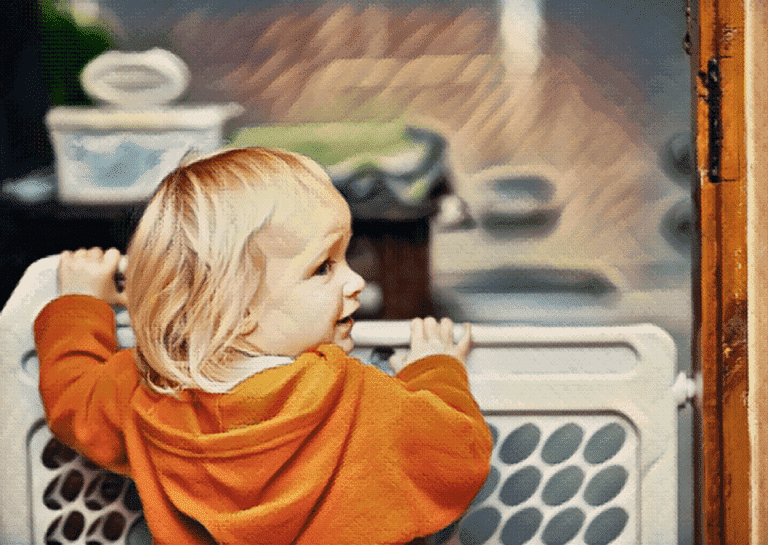Keeping their child safe is one of the top priorities in any parent’s life. Everyday items in the household you don’t think twice about can pose a serious safety hazard for young infants. As a parent, you want to be thorough in baby-proofing the house so everyone in the family can safely learn, grow, and explore. Today, we’ll look at how you can create a safe environment to have peace of mind.
Take it room by room
While not every accident can be prevented, baby-proofing has been shown to cut the risk significantly. According to data from Safe Home, 39% of parents they surveyed reported accidents happened that could have been prevented with proper childproofing. And of those accidents, 33% were extremely or very serious.
It can feel overwhelming trying to think about everything you need to adjust, so the household is safe. But we’ll try to make it simple in this quick tip. Instead of thinking about preventing accidents in the entire house simultaneously, try to take it room by room. This can reduce any potential overwhelm and help you be more thorough.
What to check for
Create a checklist of things to check or adjust so there’s nothing you forget. Start big, like baby-proofing door handles, safeguarding electrical sockets, and ensuring any large furniture, like bookshelves, are anchored to the wall and can’t tip over. Once you hit the big things, you can start checking for the less obvious safety hazards. Think of small toys that could potentially be a choking risk. Make sure no electrical chords are running underneath rugs. Are windows locked?
To be extra thorough, a good rule of thumb is getting on your child’s level and seeing things from a new perspective. When you’re on your hands and knees on the floor, what do you see around you that could pose a risk to a toddler? Then, repeat that process in each room of the house, like the living room, kitchen, bathroom, and so on.
And on another note, a home without a firearm is generally safest for children. If you do have firearms, it’s important to keep them locked away in a safe so no accidents can occur.
Use a safety checklist
If you’re unsure how to create your own safety checklist, great lists are already out there. Some are even broken up by age, which is awesome because there are new risks and prevention requirements as children develop.
There are definitely changes that happen over time as your baby reaches new milestones, like crawling and walking. Then there’s worrying about stairs, putting childproof locks on doors, and all kinds of things. Thankfully, plenty of resources are available to make baby-proofing and emergency prevention easier and more effective.
Stay prepared
While these safety measures are the best way to prevent emergencies, no home can ever be 100 percent accident-proof. So, it’s important to have a plan for what to do if an emergency should arise. Is the emergency equipment in the house working, like smoke detectors or alarms in case of a fire? Do you know how to perform CPR? These are essential things to consider as the adult of the family so you have everything you need in case of an accident.

